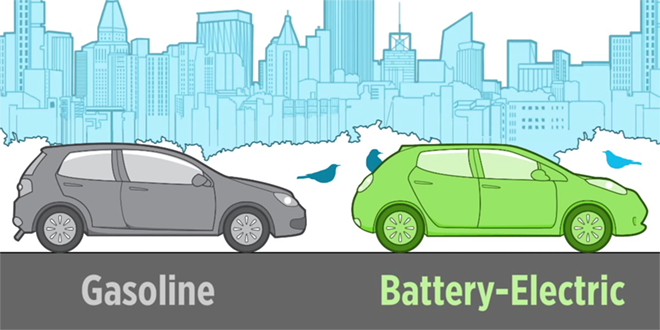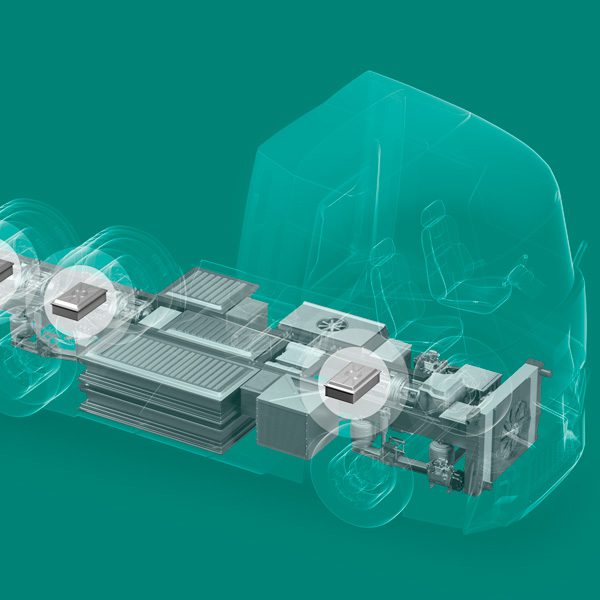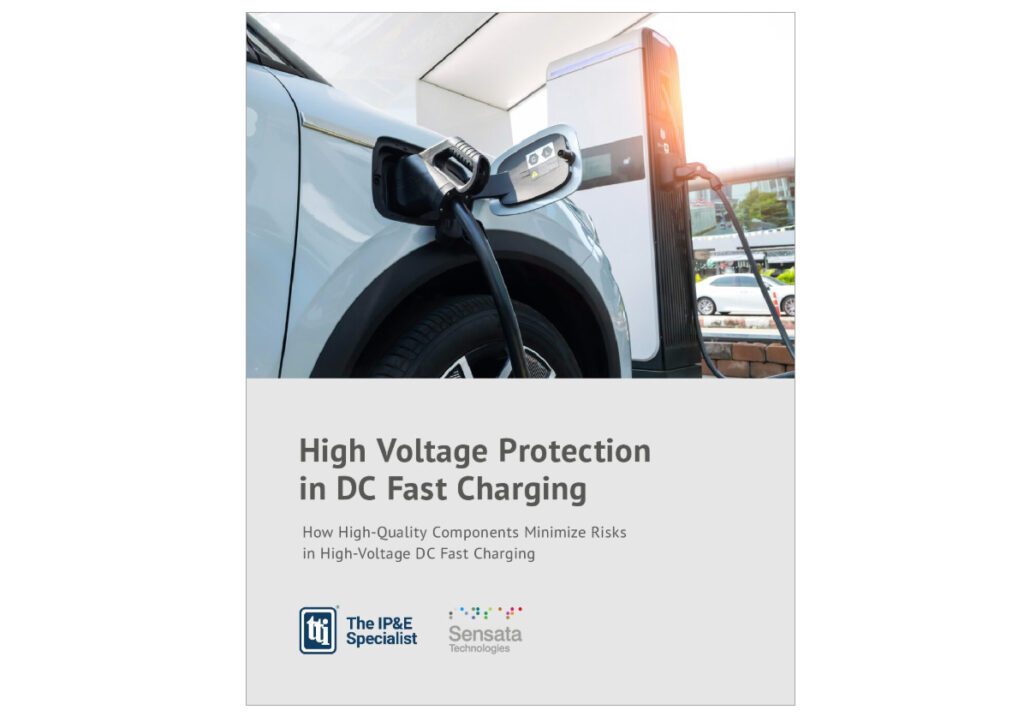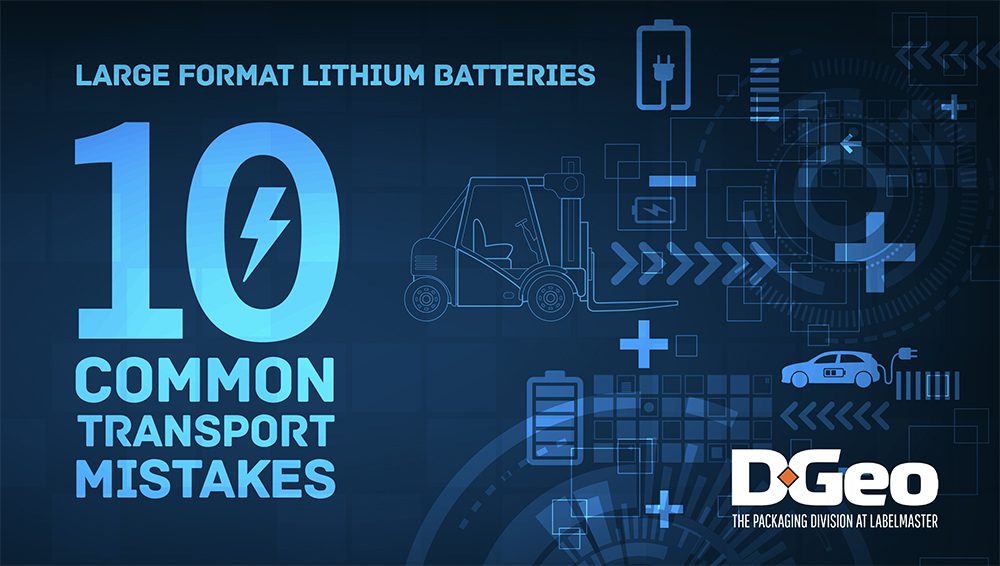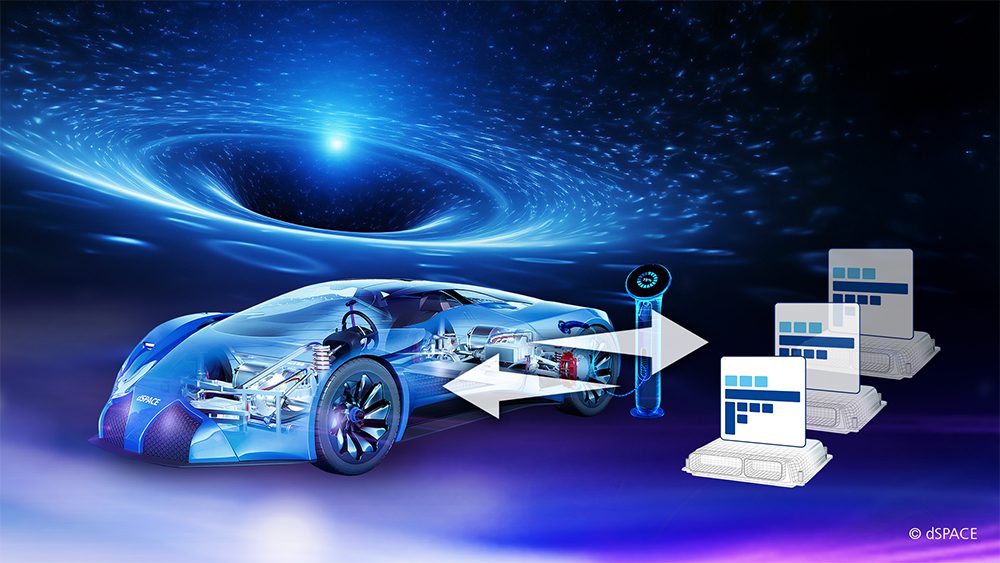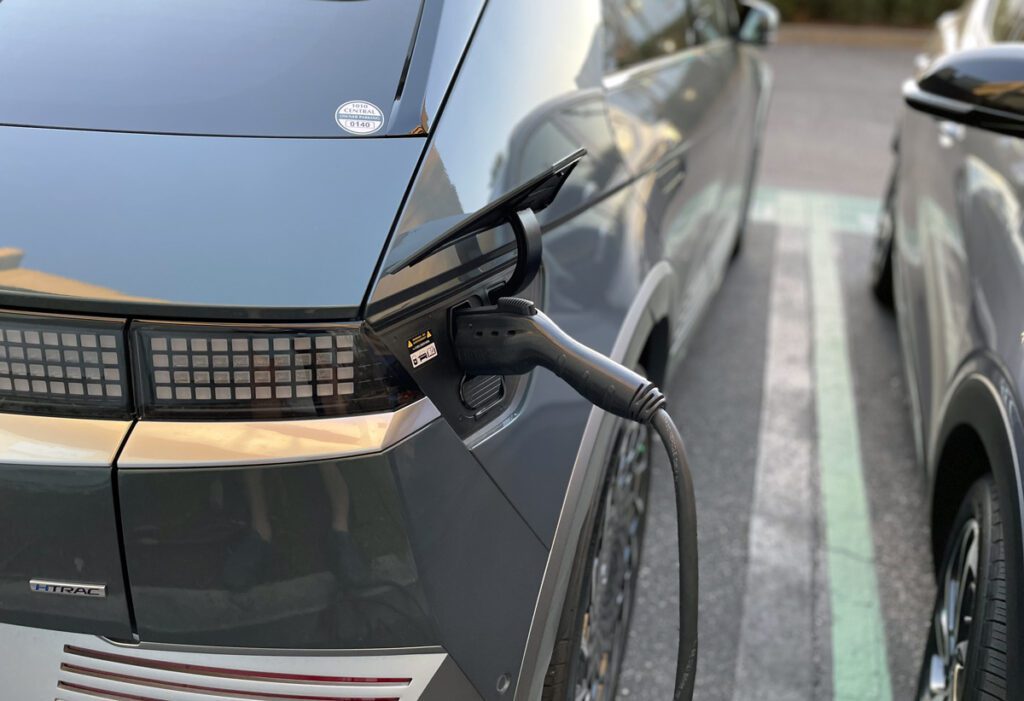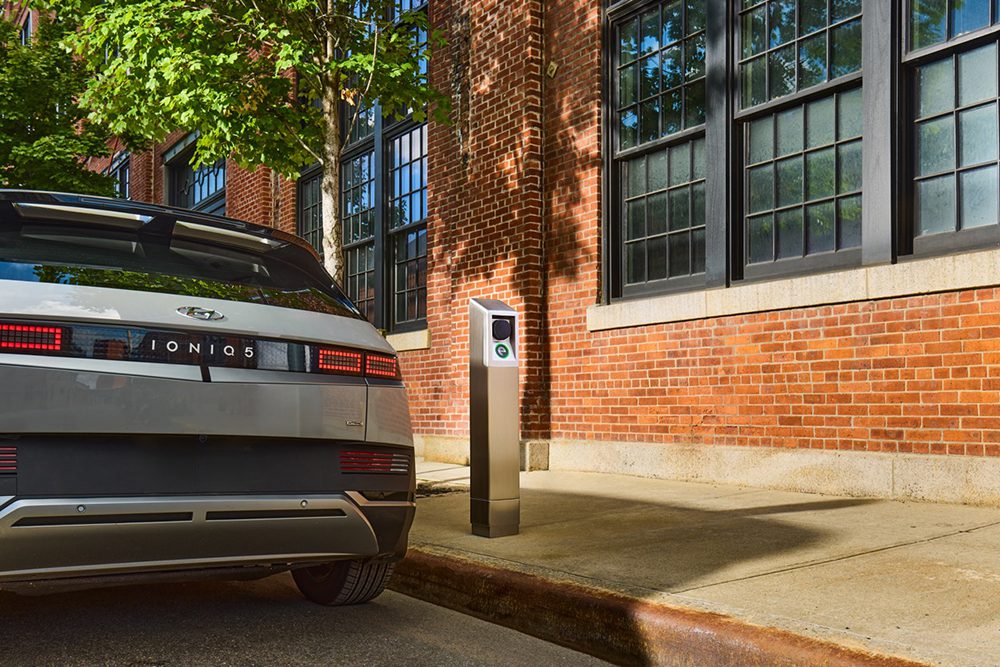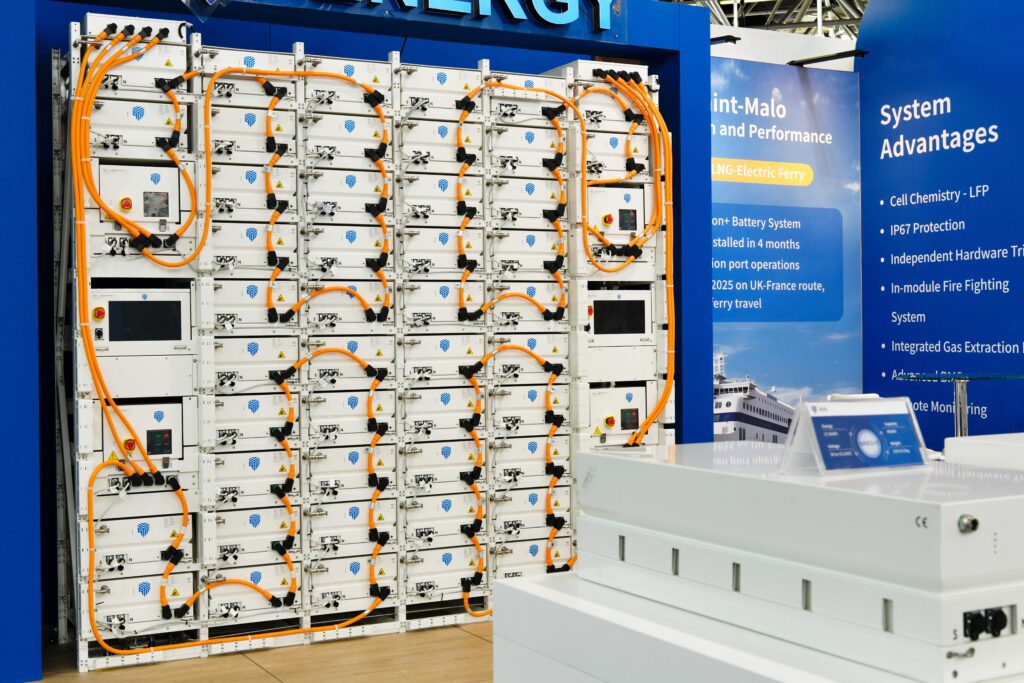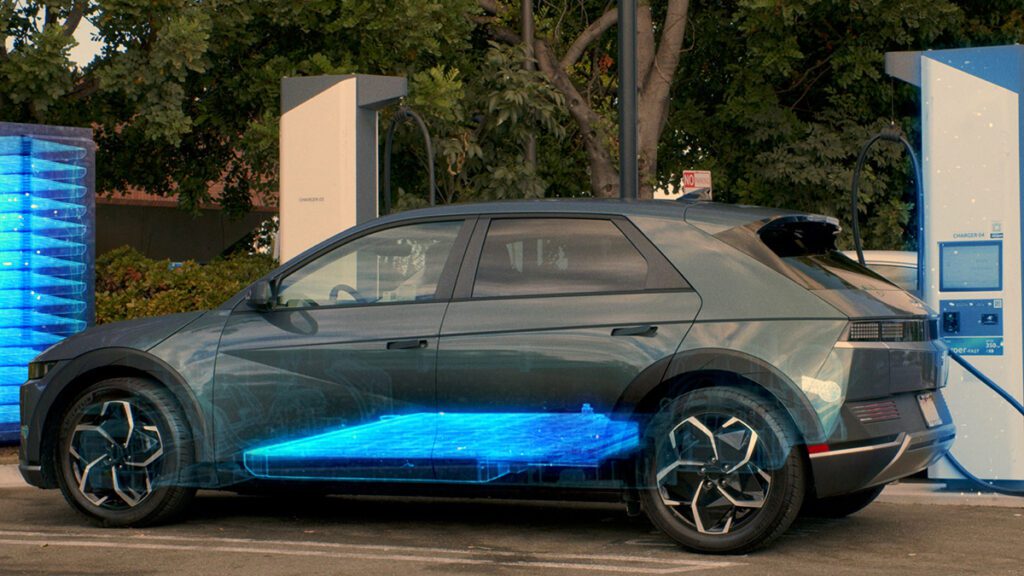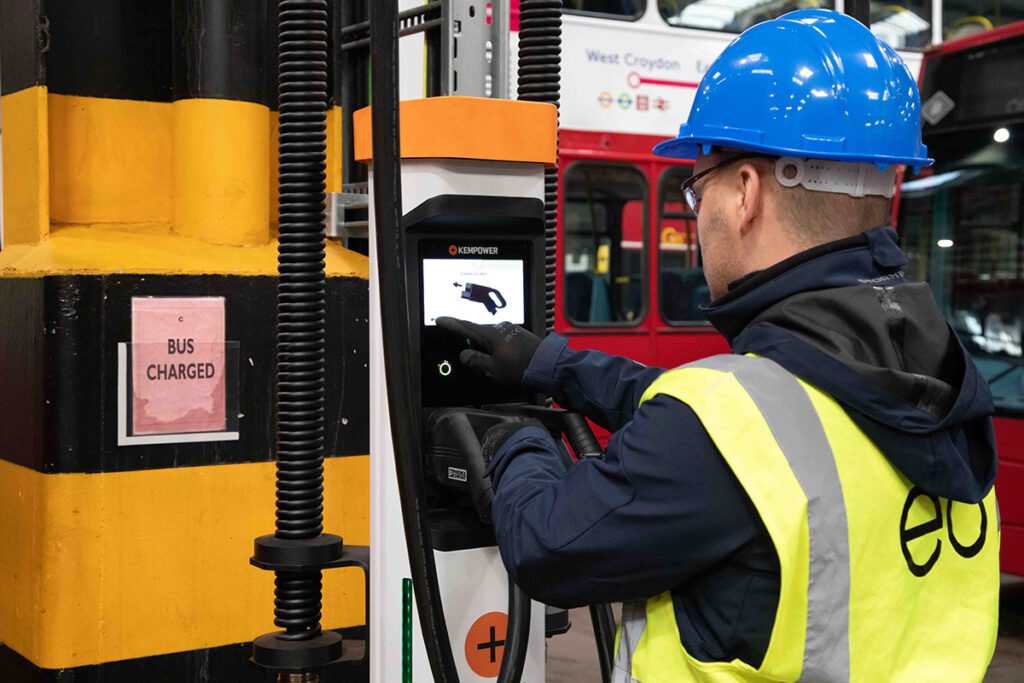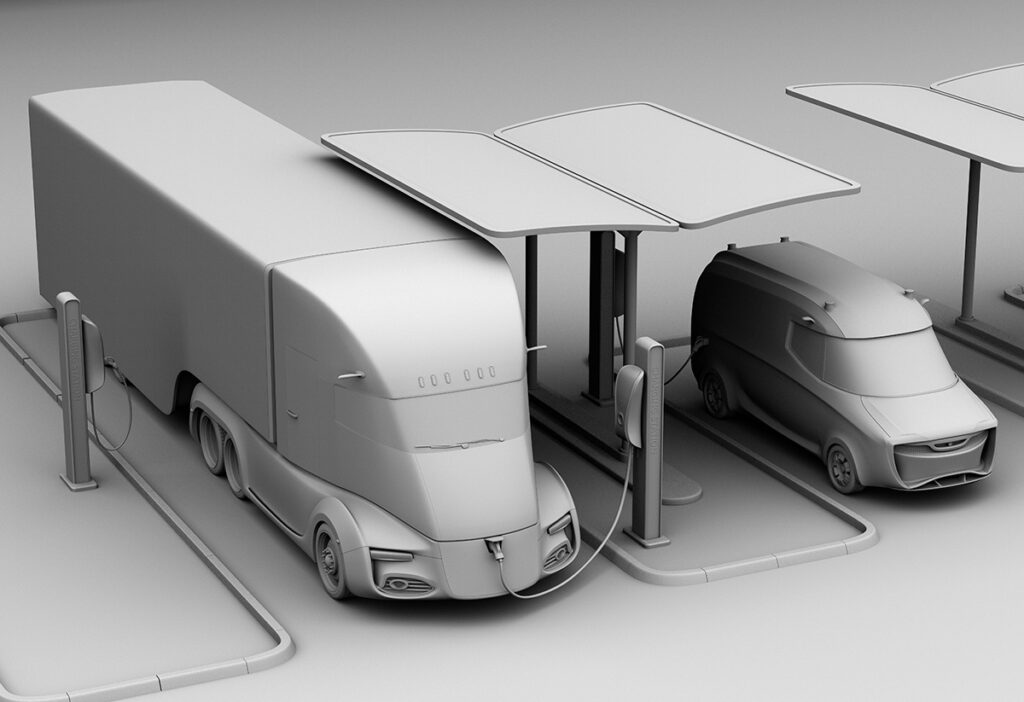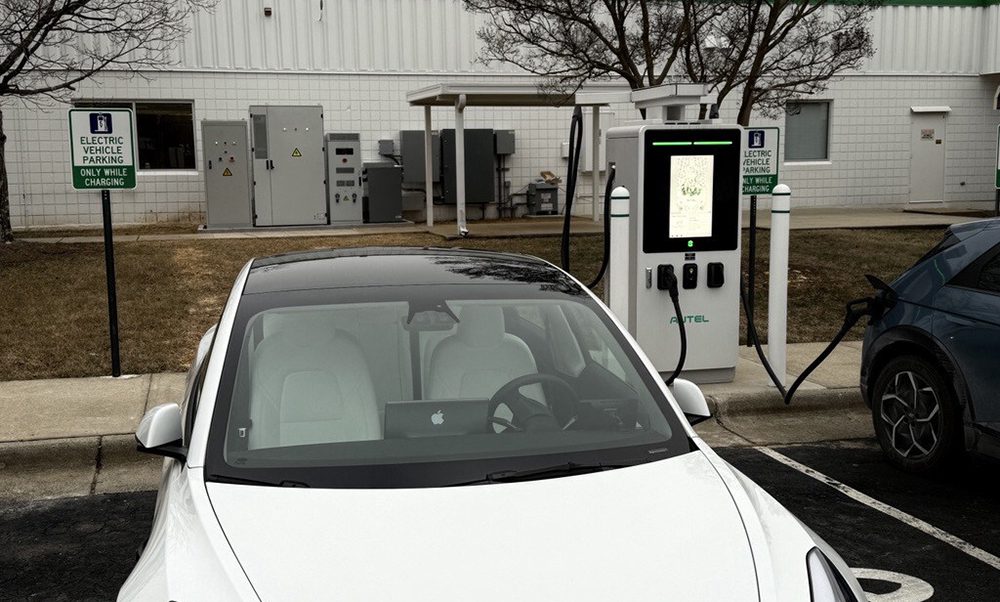Diehard fossil-fuel fans are fond of speculating that EVs may be no cleaner than legacy ICE vehicles, once the emissions resulting from power generation and manufacturing are taken into account. In fact, study after study, including reports from the Union of Concerned Scientists (2012), the University of Minnesota, and Carnegie Mellon University, has shown that, on average, EVs produce less pollution, even when charged from today’s “all of the above” electrical grid (another analysis by a team at Carnegie Mellon examined EVs powered by electricity generated from natural gas).
A new report from the Union of Concerned Scientists looks at the bigger picture: What are the global warming emissions of electric cars on a life-cycle basis – from the manufacturing of the vehicle’s body and battery to its ultimate disposal and reuse?
In Cleaner Cars from Cradle to Grave, UCS describes how it conducted a two-year review of the emissions from vehicle production, operation, and disposal. The conclusion: Battery electric cars generate half the emissions of the average comparable gasoline car, even when pollution from battery manufacturing is accounted for.
The UCS reports explains that all vehicles have three life stages: manufacturing, operation, and end-of-life, and that greenhouse gases are emitted at each stage. Because lithium-ion batteries are material- and energy-intensive to produce, the emissions of EVs during the manufacturing stage usually exceed those of legacy vehicles. “Manufacturing a mid-sized EV with an 84-mile range results in about 15 percent more emissions than manufacturing an equivalent gasoline vehicle,” write the UCS team. “For larger, longer-range EVs that travel more than 250 miles per charge, the manufacturing emissions can be as much as 68 percent higher.”
However, “battery electric cars make up for their higher manufacturing emissions within 18 months of driving – shorter-range models can offset the extra emissions within 6 months – and continue to outperform gasoline cars until the end of their lives.”
The specific emissions of any given EV depend on the vehicle’s efficiency and the energy mix in the region in which it is driven. UCS offers an interactive tool that EV drivers can use to calculate regional emissions.
However, everywhere in the US, “charging the average new EV produces far fewer global warming pollutants than driving the average new gasoline car. By the end of its life, a gas-powered car spews out almost twice as much global warming pollution as the equivalent electric car.”
EVs are clean today, and they will get cleaner in the future, a feat ICE vehicles will never be able to perform. “Optimizing EV production and the disposal or reuse of batteries could further increase their environmental benefits. And as electricity becomes cleaner (which it is), the difference between electric cars and gasoline cars will only grow.”
Source: Union of Concerned Scientists







